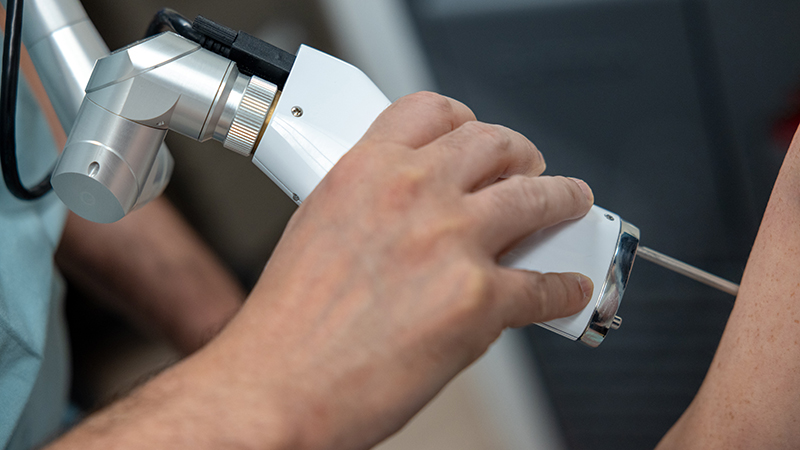Overview
What Is Vulvar Cancer?
Vulvar cancer begins in the tissues of the vulva. It is a rare disease, which accounts for less than one percent of all cancers in women. According to the American Cancer Society, less than 5,200 cases of vulvar cancer are diagnosed in the United States each year. It may form very slowly over time.
What is the vulva?
The vulva is the external portion of a woman’s genital organs. It includes:
- Labia majora: Two large, fleshy lips or folds of skin
- Labia minora: Small lips just inside the labia majora that surround the openings to the urethra and vagina
- Vestibule: Space where your vagina opens
- Prepuce: A fold of skin formed by the labia minora that covers your clitoris
- Clitoris: A small protrusion of nerve tissue sensitive to stimulation
- Fourchette: Area beneath the vaginal opening where the labia minora meet
- Perineum: Area between the vagina and the anus, the opening at the end of the anal canal
- Urethra: Connecting tube to your bladder
Types of vulvar cancer
Vulvar cancer can occur on any part of your external genital organs, but most often affects the vaginal lips, called the labia majora or labia minora. More than 80 percent of vulvar cancers are squamous cell carcinomas, a form of skin cancer. Other less common types of vulvar cancer include:
- Melanoma: This is a more serious type of skin cancer, which begins in the pigment-producing cells found in the vulva skin.
- Adenocarcinoma: This type of cancer, which includes Paget disease, begins in the glandular cells of the vulva.
- Sarcoma: This vulvar cancer develops in the connective tissue under your skin.
Vulvar cancer often does not cause advanced signs or symptoms. Annual pelvic exams are key and allow your physician to detect signs of vulvar cancer early, when it is most treatable. Take an active role in your health and have regular pelvic exams.





